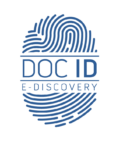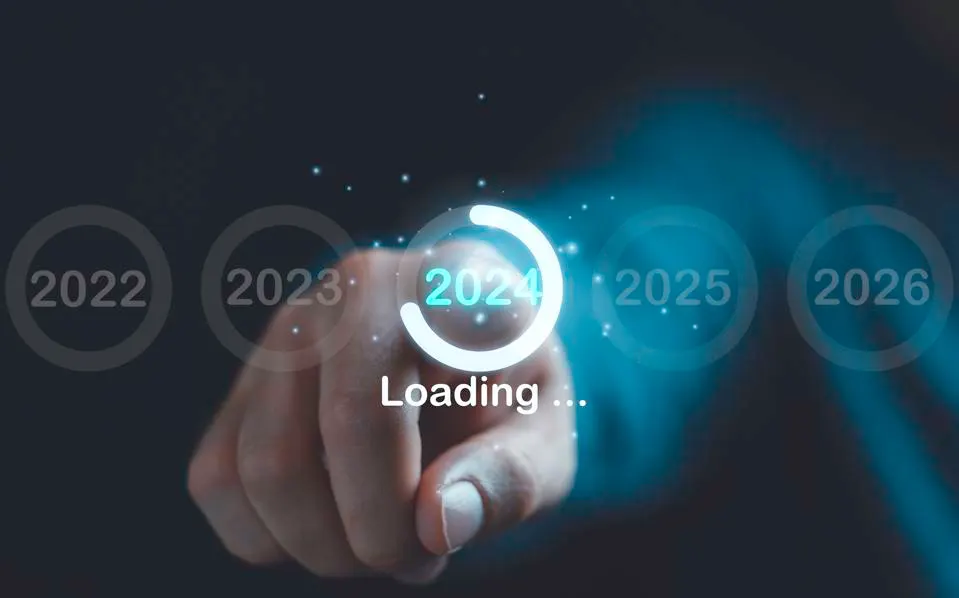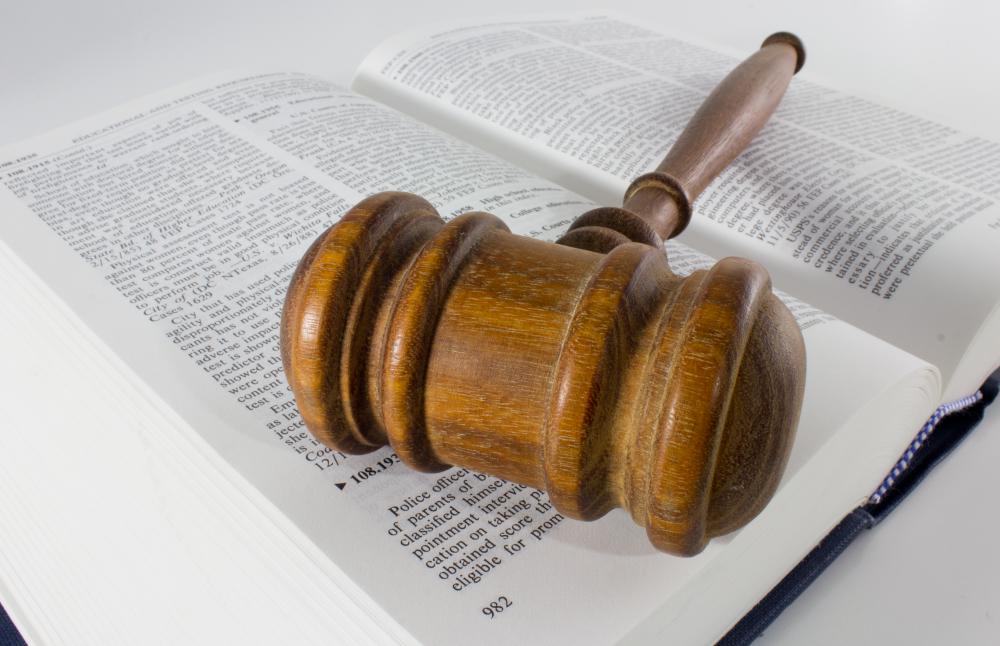During a recent webinar with Today’s General Counsel, John Tredennick and William Webber of Merlin Search Technologies discussed new technology that integrates machine learning tools to find documents and large language models and ultimately uses ChatGPT to conduct investigations and discovery.
GPT and other large language models have no access to information that exists outside the algorithm they’ve been trained with, so metaphorically, the result is “a brain in the jar.”
While Tredennick and Webber acknowledged GPT’s versatility for various tasks such as contract analysis and document creation, they focused on how it could make the discovery process more efficient.
Unlike search engines, GPT requires a contextual flow, preventing the analysis of millions of documents simultaneously. Instead, documents are presented to GPT through a unique process involving keyword and algorithmic searches using tools like Sherlock AI. The documents are then summarized by GPT based on the investigation’s focus, enhancing efficiency by extracting relevant information.
The webinar emphasized three components needed for a technology solution of this type: the users, the large language model (LLM) like GPT, and a document management system. The approach they suggest involves asking questions, summarizing relevant documents, and utilizing GPT’s capabilities for synthesizing and reporting on a large document set.
“From there, there are almost no limits,” said Webber. Follow-up questions can be asked in different forms about the data. Then the accuracy of the answers can be checked with a link to the summary and the text. Potentially, what currently takes reviewers a long time at great cost to do, can be done in a fraction of that time and at far less expense using the platform.
When asked if this was just an incremental development over previous technology like the machine-learning-based Technology Assisted Review (TAR), which has been a mainstay in ediscovery for over a decade, Tredennick responded, “This is like a new continent popped out of the sea. This is gob smacking. This is a change I never thought I would see in my career, and I think we’ve only begun to scratch the surface. These are systems that will massively save our clients’ money as they work through the litigation and investigation process. We cannot shy away from using these kinds of tools responsibly to improve access to justice and to reduce the cost and the burdens of our discovery system.”
So what does all this mean? According to Tredennick and Webber, Investigations and discovery workflow will change radically–quicker than we think. Investigators will be able to review, analyze, and report on large document sets quickly and at lower costs than before. Small teams of smart people matched with AI technology will replace large teams of legal review professionals. And this technology will spread to a variety of use cases for document analysis and review.








Leave A Comment